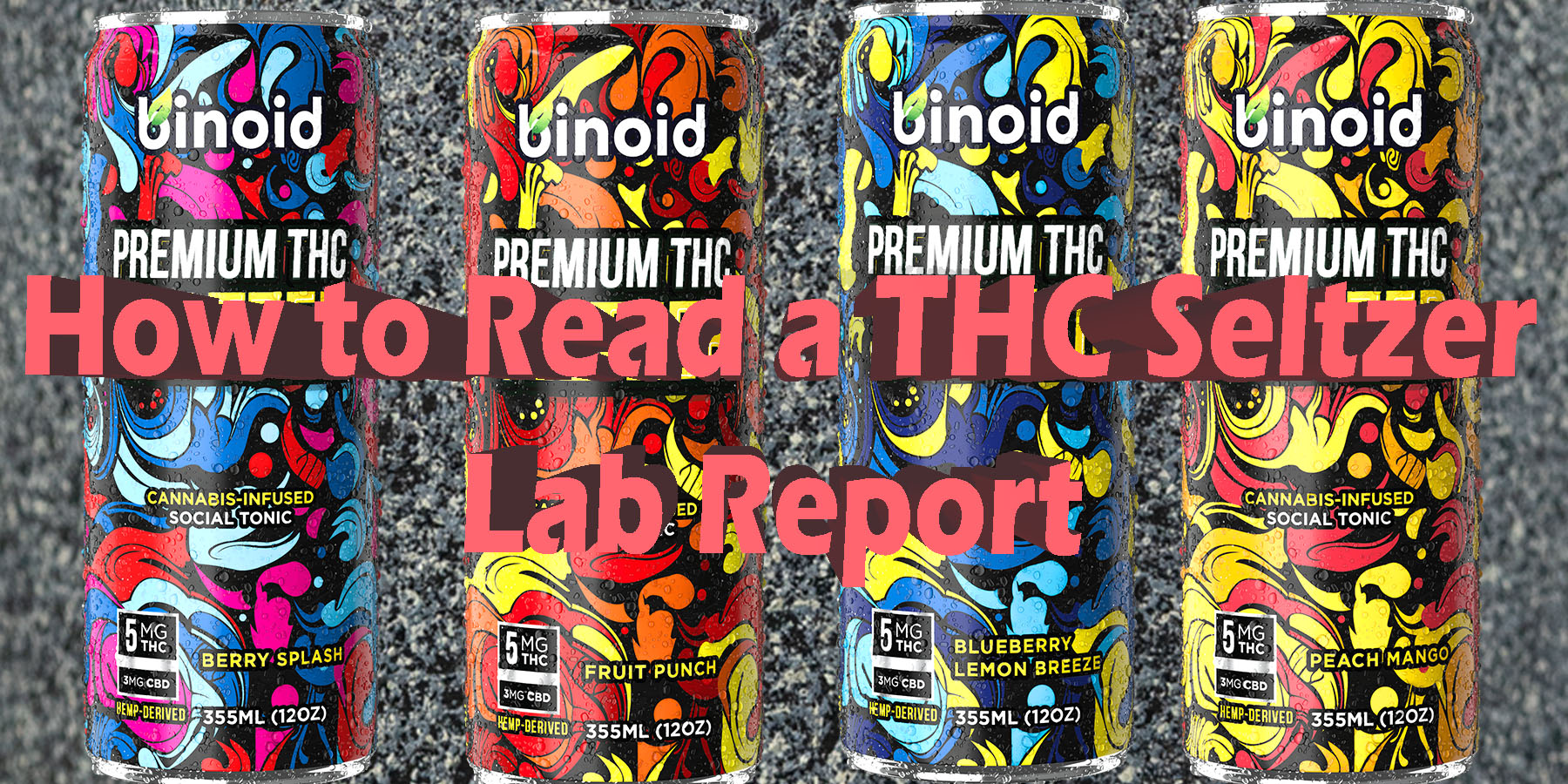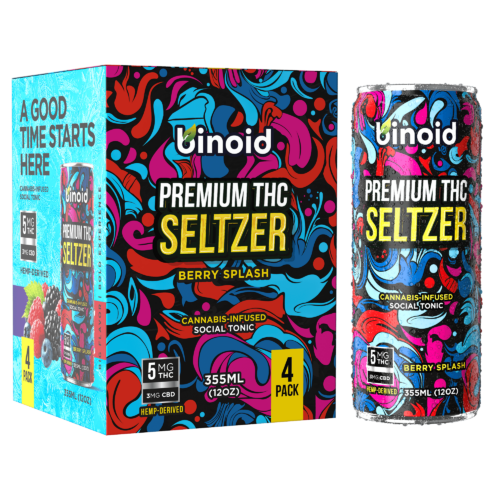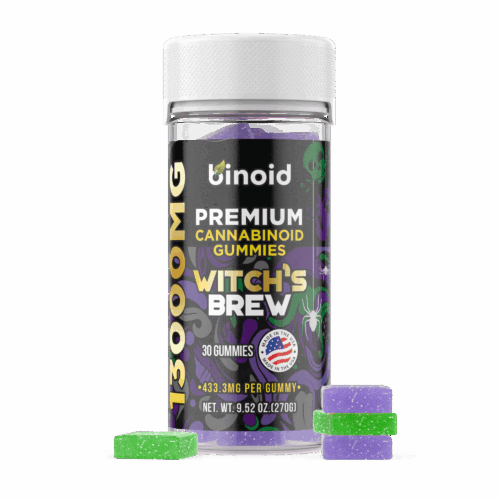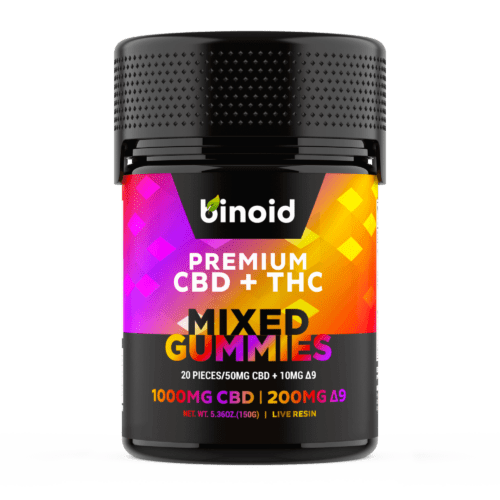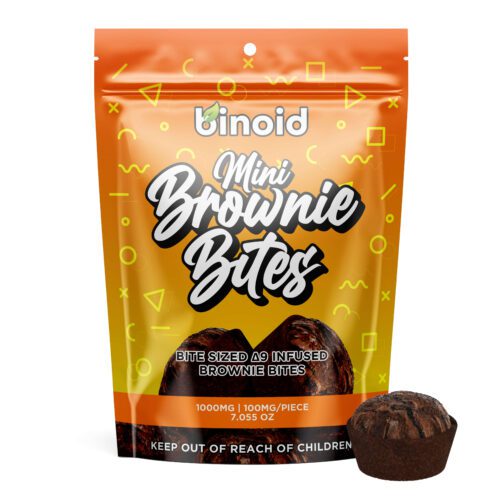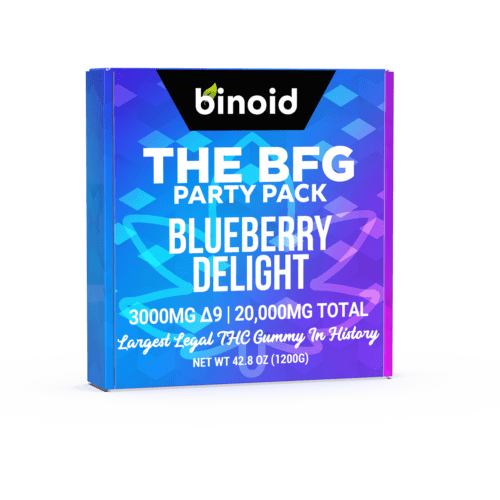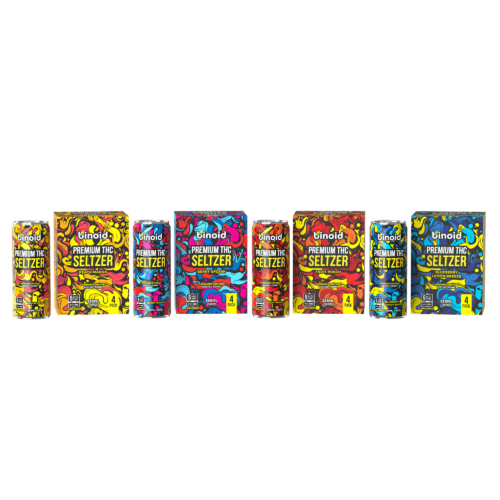The modern beverage aisle is a testament to our endless thirst for novelty, a landscape of vibrant cans all promising a unique experience. Among them, a new category is making a significant splash, defined by the crisp sound of a tab cracking open to reveal a light, bubbly, and uplifting experience. THC seltzers have elegantly floated into the mainstream, offering a sophisticated alternative for moments of relaxation and social connection.
But beyond the minimalist design and tantalizing flavor notes lies a deeper story of quality and purity, a story told not on the front of the can, but in a document that discerning consumers are learning to seek out. This key to understanding what’s truly inside is your passport to a better, more predictable experience, separating a good seltzer from a truly great one. It ensures the blissful, chilled-out feeling you’re looking for is built on a foundation of safety and transparency.
To Buy THC Seltzer Click Here
Recommended products
What is a Certificate of Analysis (COA) and Why’s It Your Go-To?
Before we get into the fine print, let’s define what a Certificate of Analysis is and why it’s so essential in the world of cannabis products, especially beverages. A COA is a document issued by an accredited laboratory that has analyzed a sample from a specific production batch of a THC seltzer. Its purpose is to provide a comprehensive and unbiased profile of the product, detailing its exact contents and confirming its purity. Think of it as a nutritional label, a vehicle history report, and a food safety inspection all rolled into one meticulously detailed document. The existence of the COA fundamentally shifts the power dynamic from the old model of “trust me” marketing to a new standard of “verify me” science.
The most critical part of this process is that the testing is performed by a third-party laboratory. This isn’t just a buzzword; it’s the foundation of trust. A third-party lab has no financial stake in the seltzer brand. Its sole obligation is to perform accurate scientific analysis and report the findings truthfully. This independence prevents any conflict of interest and ensures the results are objective. When a company invests in third-party testing, it’s a clear sign that they are confident in their product and committed to transparency. State-level regulations often mandate this testing, but the brands that truly care about their customers often go above and beyond these minimum requirements, testing for a wider array of compounds and making the results exceptionally easy to find. This voluntary transparency is a hallmark of a brand that respects its customers’ intelligence and right to know.
For any reputable THC seltzer brand, providing easy access to their COAs is a point of pride. You will typically find a QR code on the can or packaging, a small but powerful portal that links directly to the lab report for the specific batch you’re holding. This simple technology has revolutionized the industry, making radical transparency not just possible, but an expectation. It’s important to understand that each batch—a single, continuous production run—gets its own unique test and COA. Even with a perfect recipe, slight variations in the source ingredients or infusion process can lead to minor differences in potency. The batch-specific COA is the only way to confirm that the can in your hand has the same precise cannabinoid content as the last one you enjoyed. If a brand makes it difficult or impossible to find this information, it should be considered a major red flag.
Recommended products
The Anatomy of a THC Seltzer Lab Report: A Section-by-Section Guide
Think of a COA as your seltzer’s official biography. It tells you its identity, what active ingredients it contains, and, most importantly, confirms that it’s clean and safe to drink. Let’s walk through the key sections of a typical report.
Header Information: Confirming the Basics
The top of the report contains fundamental identifying data that connects the document to the product. Before you dive into the numbers, always verify this information first, which would be the following:
Product and Brand Name: This should clearly state the name of the seltzer, like “Sunset Berry Bliss Seltzer,” and the name of the company that produced it.
Batch Number or Lot Number: This is a crucial piece of information. Seltzers are made in large quantities called batches. This unique code identifies the exact production run your can came from. It’s the key to traceability. If you find a THC Seltzers you particularly enjoy, you can look for the same batch number to get the most consistent experience. More importantly, in the rare case of a product recall, this number allows the company to quickly identify and remove the affected products. Always make sure the batch number on the COA matches the one on the can.
Laboratory Information: The report must clearly identify the lab that performed the analysis. Look for the lab’s name, address, and contact information. The most important detail here is the lab’s accreditation. The international gold standard for testing labs is ISO/IEC 17025 accreditation. This isn’t just a sticker; it’s a rigorous certification indicating the lab’s technical competence and operational integrity. It means the lab undergoes regular audits by an external body, uses validated scientific methods that have been proven to be accurate, and participates in proficiency testing programs where they are sent blind samples to test against other labs. A COA from an ISO-accredited lab carries significant weight and provides a much higher degree of confidence in the results.
Recommended products
Cannabinoid Profile & Potency: The Main Event
This is the section that most consumers are interested in, as it details the active compounds responsible for the seltzer’s desired effects. It tells you exactly what cannabinoids are in your drink and in what amounts. A key technology to understand here is Nanoemulsion. Since cannabinoids are oils and seltzer is water, they don’t naturally mix. Nanoemulsion uses high-frequency sound waves (sonication) to shatter the cannabinoid oil into microscopic droplets, often smaller than 100 nanometers. These tiny particles can then be easily suspended in water, preventing the oil from separating and floating to the top. This technology is critical for creating a consistent, shelf-stable, and precisely dosed beverage. Back to the cannabinoids, as those can be the following
Delta-9-THC (Δ9-THC): This is the primary psychoactive compound in cannabis that is associated with feelings of euphoria, bliss, and heightened sensory perception. For a THC seltzer, this value is almost always reported in milligrams (mg) per serving or per can. This is your dose. A common serving size is 2.5mg, 5mg, or 10mg of THC per can. Understanding this number is the key to controlling your experience and ensuring it aligns with your expectations.
THCA (Tetrahydrocannabinolic Acid): You might see this listed, but for a beverage, the number should be zero or negligible. THCA is the non-psychoactive precursor to THC that exists in the raw cannabis plant. It only converts to the active Delta-9-THC when heated. Since a seltzer is a ready-to-drink product, this conversion has already happened during the manufacturing of the THC extract. A high THCA number would indicate an improperly formulated product that won’t deliver the expected effects.
CBD (Cannabidiol): Many THC seltzers are formulated with CBD, a non-psychoactive cannabinoid known for promoting a sense of calm and relaxation. It’s often included to create a more balanced and mellow experience, smoothing out the intensity of the THC. The COA will list the amount of CBD in mg, allowing brands to offer specific ratios. A 1:1 ratio (e.g., 5mg THC and 5mg CBD) is often sought for a balanced, harmonious effect where the feelings of euphoria are tempered with a sense of ease. A 5:1 ratio (e.g., 25mg CBD and 5mg THC) will deliver a much milder psychoactive experience, where the relaxing qualities are far more prominent.
Minor Cannabinoids: You may also see other cannabinoids listed in smaller quantities, each contributing its own nuance to the experience. Brands are now intentionally formulating with these to target specific moods.
CBN (Cannabinol): Often associated with a deeply relaxed and sleepy feeling, CBN is a popular addition to seltzers marketed for evening or nighttime use to help you unwind and prepare for rest. A seltzer with 5mg of THC and 2mg of CBN might be called “Dream.”
CBG (Cannabigerol): Sometimes called the “mother of all cannabinoids,” CBG is non-psychoactive and is often linked by users to a sense of focused calm and contentment without lethargy, making it a great fit for social, daytime seltzers. A “Social” seltzer might contain 5mg of THC and 5mg of CBG.
Onset and Duration: One reason nanoemulsified seltzers are so popular is their unique performance. Because the cannabinoid particles are so small, some absorption can begin directly in the mouth and stomach lining. This often leads to a much faster onset of effects—typically 15 to 30 minutes—compared to a traditional edible like a brownie, which can take an hour or more as it must be fully processed by the liver. This rapid onset allows for a more controlled and intuitive experience, closer to that of sipping a traditional cocktail.
Recommended products
Terpene Profile: The Architects of Aroma and Nuance
While the cannabinoid profile tells you what you’ll feel, the terpene profile can give you clues about how you’ll feel it. Terpenes are the aromatic compounds found in cannabis and countless other plants. Their influence can go beyond taste, subtly shaping the overall experience through a theory known as the “entourage effect.” This theory proposes that cannabinoids and terpenes work together like an orchestra; THC might be the lead violin, but the terpenes are the woodwinds, brass, and percussion that create a richer, more complex symphony of effects than any single instrument could produce alone.
In the seltzer world, there are two main sources of terpenes. Botanically-derived terpenes are extracted from other plants (like lemons or pine trees) to create a consistent and specific flavor profile. Cannabis-derived terpenes, on the other hand, are preserved from the original cannabis plant, offering a more authentic and complex aroma. A premium category, often called live resin or live rosin seltzers, uses extracts made from fresh-frozen cannabis to preserve the most delicate and volatile terpenes, providing the truest expression of the plant’s profile:
Limonene: A bright, citrusy terpene often associated with an uplifting and blissful mood.
Myrcene: An earthy, fruity terpene often linked to calming and relaxing effects.
Linalool: A floral, lavender-scented terpene prized for its tranquil qualities.
Beta-Caryophyllene: Known for its spicy, peppery notes (it’s also in black pepper), this terpene is unique and associated with soothing feelings.
Pinene: A sharp, pine-scented terpene that some users associate with a sense of alertness and focus.
The Safety Section: Your Assurance of Purity
This part of the lab report is arguably the most important. A seltzer can have the perfect dose of THC, but it’s worthless if it’s not safe to drink. This section is where the lab screens for a range of potential contaminants. It’s also where you can see the technical terms for the best possible result: ND (Not Detected) or <LOQ (Below Limit of Quantitation). LOQ means the concentration of a substance is so low that the lab’s highly sensitive equipment cannot even reliably measure it—which is exactly what you want to see. So, here’s what to look for specifically then:
Pesticide Testing: Cannabis plants are bioaccumulators, meaning they can absorb chemicals from their environment. This panel tests for a long list of specific pesticides to ensure they are not present in the final product. Seeing a “Pass” means the product is free from harmful agricultural chemicals.
Heavy Metals Analysis: This analysis screens for harmful heavy metals like lead, arsenic, mercury, and cadmium. These can enter the plant from contaminated soil or water sources. For example, lead can persist in soil for centuries from old industrial pollution or leaded gasoline. A quality cannabis cultivator will carefully select their land and water sources to avoid this, and this test is the ultimate proof of their diligence.
Microbial Contaminants: This is an especially critical test for beverages. The lab screens for harmful microorganisms like bacteria (Salmonella, E. coli) and mold. In a commercial canning facility, sanitation is paramount. Processes like pasteurization (gentle heating) are often used to eliminate any potential microbes before the cans are sealed. The microbial test on the COA is the final verification that these food safety procedures were effective and the product inside is sterile and safe. Results are often shown in Colony-Forming Units per gram (CFU/g), and the report must show that these counts are below the safe threshold to earn a “Pass.”
Mycotoxin Testing: Mycotoxins are toxic substances produced by certain types of mold that can grow on plants. This test specifically looks for harmful compounds like Aflatoxins to ensure the product is free from these dangerous fungal byproducts.
Residual Solvents: This test is relevant to the THC oil that is infused into the seltzer. If the cannabinoids were extracted from the plant using solvents like ethanol or CO2, this test ensures that no harmful levels of those solvents remain in the final extract.
Recommended products
Long and Short Lab Reports
As you begin to look for COAs, you may notice that they don’t all look the same. Some are multi-page documents brimming with data, while others might just be a single page showing only cannabinoid levels. This is the difference between a “long report” (also known as a full-panel report) and a “short report” (a potency-only report). Understanding this distinction is vital because it speaks volumes about a brand’s priorities:
The Short Report (Potency-Only): This is the most basic type of COA. It provides a summary of the cannabinoid profile and nothing more. You’ll see the levels of Δ9-THC, CBD, and perhaps a few minor cannabinoids, but the report stops there. Why would a company only show this? Often, it’s about saving time and money. A potency test is much cheaper and faster than a full safety panel. While it has a place for in-house quality control during production, presenting it to a consumer as the final word is a major red flag.
The Long Report (Full-Panel): This is the gold standard and what every consumer should look for. A full-panel COA includes the potency and cannabinoid profile plus the complete battery of safety tests we just discussed. This comprehensive document gives you the complete picture. It is the definitive proof that a brand has invested fully in its quality control process and is willing to stand behind the purity of its THC product. It is the key differentiator for premium, trustworthy brands in a crowded market. Providing a full-panel report should be seen as a badge of honor for the brand and a non-negotiable standard for the consumer. Accepting anything less is like agreeing to fly on a plane where the pilot has only checked the fuel level but ignored the engines, hydraulics, and landing gear.
Putting It All Together: A Final Checklist
With all the components of a COA now demystified, it’s time to consolidate this knowledge into a powerful, practical mental workflow. The wealth of data on a lab report can seem daunting, but it can be distilled into a few key checkpoints. Think of the following as the final four-step verification process to perform every time you scan a QR code. This quick yet thorough checklist is what separates a casual consumer from a confident connoisseur, turning a complex document into a simple tool for guaranteeing that every seltzer you choose meets the highest standards of quality, consistency, and safety:
Match the Batch: Does the batch number on the report match the one on your can?
Verify the Lab: Is the lab clearly identified and ISO/IEC 17025 accredited?
Check the Dose: What is the exact amount of Delta-9-THC in mg? Does it contain CBD or other minor cannabinoids that align with the experience you want?
Demand the Full Panel: Is this a complete, long-form report with all the safety tests? Have all safety tests—pesticides, heavy metals, microbials, mycotoxins—been performed, and did the product receive a “Pass” in every single category?
You’re the Empowered Consumer Now!
The rise of THC seltzers has introduced a delightful and sophisticated new way to experience the pleasant effects of cannabis. They offer a light, controlled, and smoke-free option perfect for a wide range of occasions. Your journey with these beverages should be one of discovery and enjoyment, free from uncertainty.
The Certificate of Analysis is your key to that confident consumption. It bridges the gap between the brand and the consumer, fostering a relationship built on transparency and trust. The next time you pick up a can of THC seltzer, take a moment to engage with its COA. By doing so, you are not only ensuring your own safety and satisfaction, but you are also supporting a marketplace that values quality, accountability, and the well-being of its customers. Embrace the knowledge, drink responsibly, and savor the refreshing bliss of a well-chosen seltzer.

